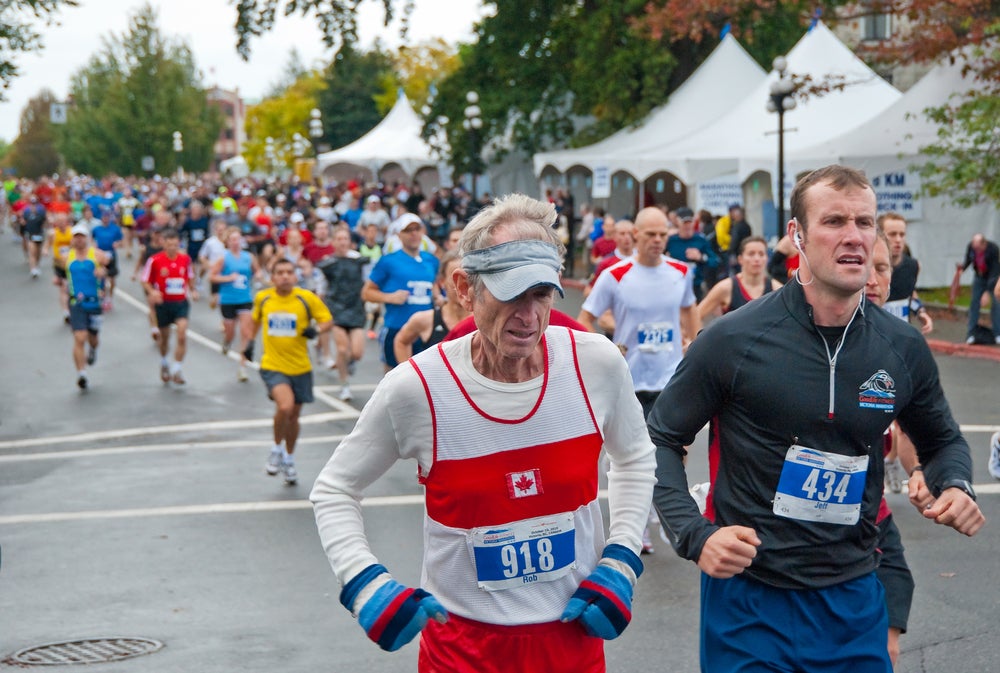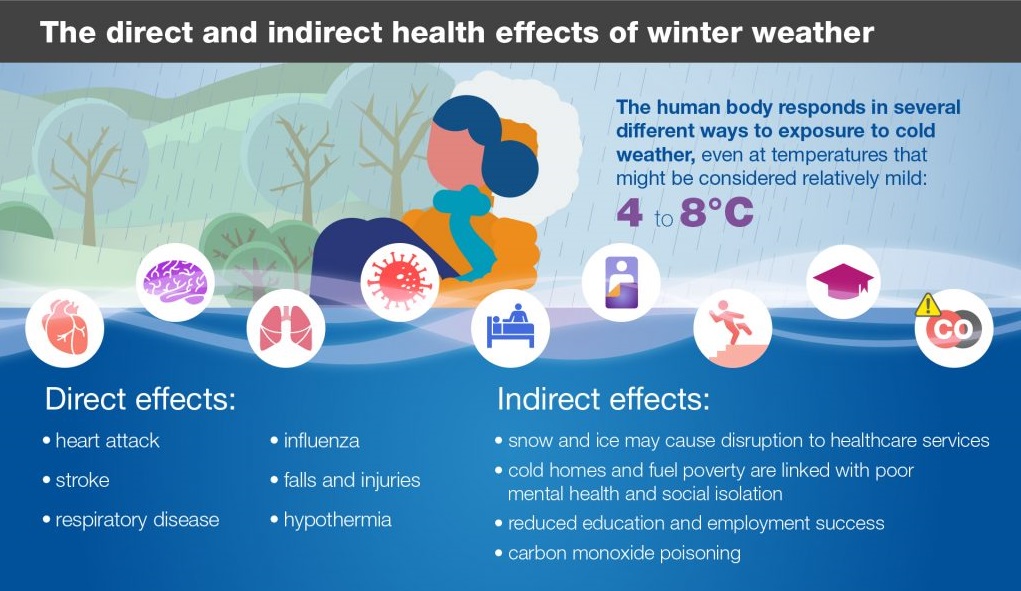
The winter Extreme Weather can be the bane of anybody with a regular running routine. Indeed, even with the warmest winter Equipment Preparation, getting outside in frosty temperatures frequently comes down to one thing: inspiration. Running in chilly climates throughout the winter appears to be horrible. The footing is tricky, icicles can accumulate in your eyelashes, and your frozen fingers bobble with your GPS watch. When snowdrifts and cold breeze yells, the last thing you might need to do is head outside for a couple of miles.
Many runners end up preparing for a marathon in Extreme Weather by their decisions or by the situations. Irrespective of whether you have a spring objective race or there is essentially more opportunity to prepare during this less-busy time of year; winter marathon training is often the only choice.
Can You Run a Marathon in the Extreme Weather?
Indeed, you can run a marathon in the colder time of year. Winter marathon certainly presents a couple of difficulties; however, there are a few advantages.
Figuring out how to get ready for a marathon in the winter can help with intensifying your prosperity, keeping things comfortable, and setting you up to overcome your objectives on race day. While numerous runners lean toward the simplicity of summer or fall running, others partake in the energetic, cold Equipment Preparation runs before a pre-spring race.
Here Are a Few Survival Tips to Protect Against Extreme Weather in the Marathon
Run Short Loops
Except if you live in the Arctic, you have outdoor running choices — even in snow and hail. The greatest challenge is the snow heaps on the streets after the snowplow comes through — when they are there, it becomes hard to run securely on the shoulder. To avoid those snow piles, have a go at running short loops in low-traffic regions like subdivisions, parking areas, or your nearby park.
Take Care of Injuries
As quickly as time permits, tackle any of your annoying wounds, soreness, or awkward nature. When the climate gets ugly, it’s the ideal time to check in with your body and take any crucial off time or trade your long runs for short runs while adding mobility, yoga, and physical treatment sessions. If you’re unharmed, skip this progression — yet numerous runners acknowledge they have no less than one minor issue or imbalance worth addressing.
Cross-Train for Endurance
For endurance endeavors, similar to a 3-hour long run, consider trading the run for cross-country skiing or a hard snowshoe. You can even find some middle ground: For a 3-hour run, you could jump on a treadmill for 45 minutes, ski for 90, then end with another 45 on the treadmill.

Take a Vacation
If you have a race in the late winter and design an excursion in the winter, focus on a hotter, run-friendly objective. Indeed, even a great family week can include early morning longer endeavors, and you may very well need to skip that second glass of wine with dinner and acknowledge that this is a training vacation more than a vacation.
Plan Long Weekends
If you can’t make an entire seven-day vacation in a warmer spot occur, break it into two more limited explodes. Indeed, even a three-day training block in a friendly environment beats skipping runs. Stay away from any long-term travel for these short weekend blocks: You don’t have to go through 24 hours on the way.
Be Flexible
Run with the climate. If you have a hotter Tuesday, yet it will snow from Wednesday to Friday, pick to go longer on Tuesday to exploit the break in the climate and do your short, simple run or cross-training the rest of the week.
Go Ahead and Run
A significant piece of an athlete’s prosperity regarding long winter runs is gearing up and getting outside. It sounds brutal; however, sometimes, you need to toss on each layer you claim and get out for your run. Remember when we were children and taking off to play in the snow was the most perfect? Revive that satisfaction; when you move past the underlying chill and begin to heat up, you’ll most likely acknowledge it isn’t so awful after all.

Precautions of Running in Cold Temperatures
Running outside in freezing temperatures can be exhilarating. But it can likewise be dangerous for specific individuals.
Be Careful if You Have a History of Heart Disease
Individuals with a background marked by cardiovascular sickness might need to watch out. Running outside when it’s freezing might cause strain.
Running in Cold, Dry Air May Stress Your Lungs
Your lungs could likewise be helpless. The mix of dry, cold air and delayed exercise can stress your airways.
Look Out for Hypothermia
Furthermore, you can be powerless against Hypothermia if you’re outside for an extended period during a freezing climate.
With Hypothermia, your body starts to quickly lose heat, which can bring down your internal heat level and begin to influence your capacity to think and reason.
